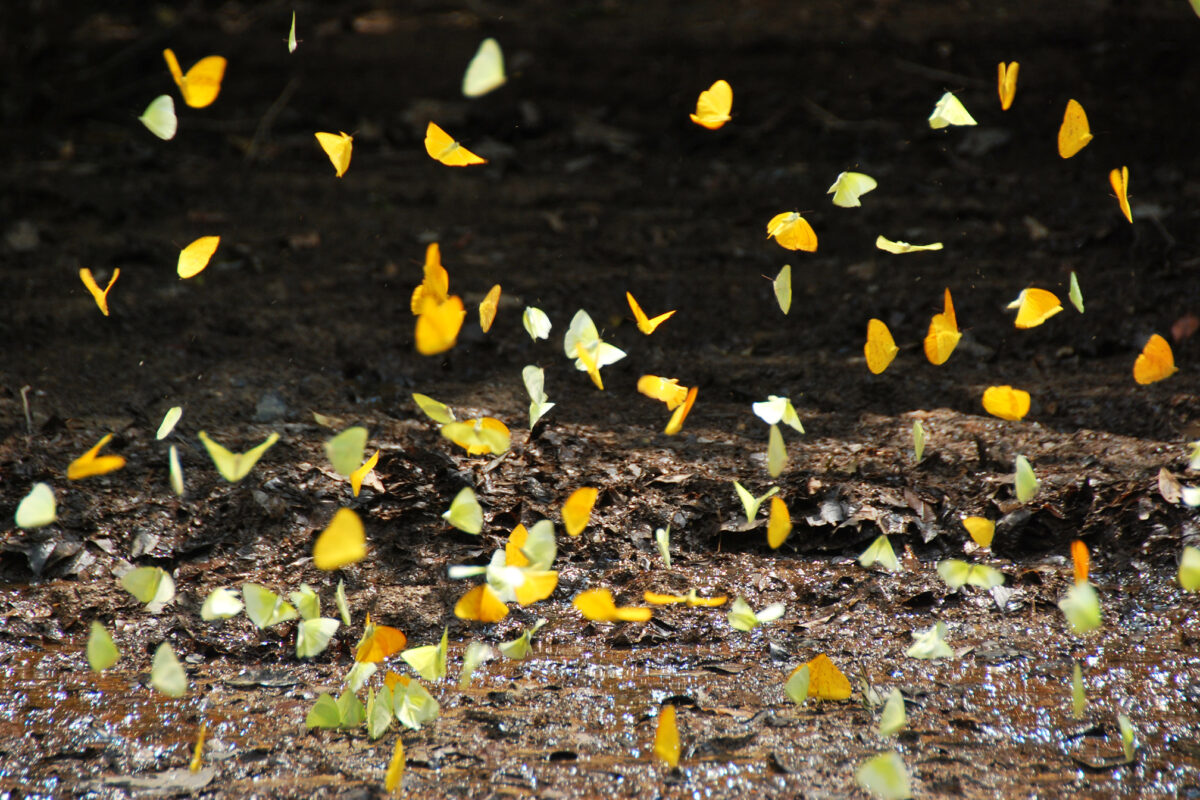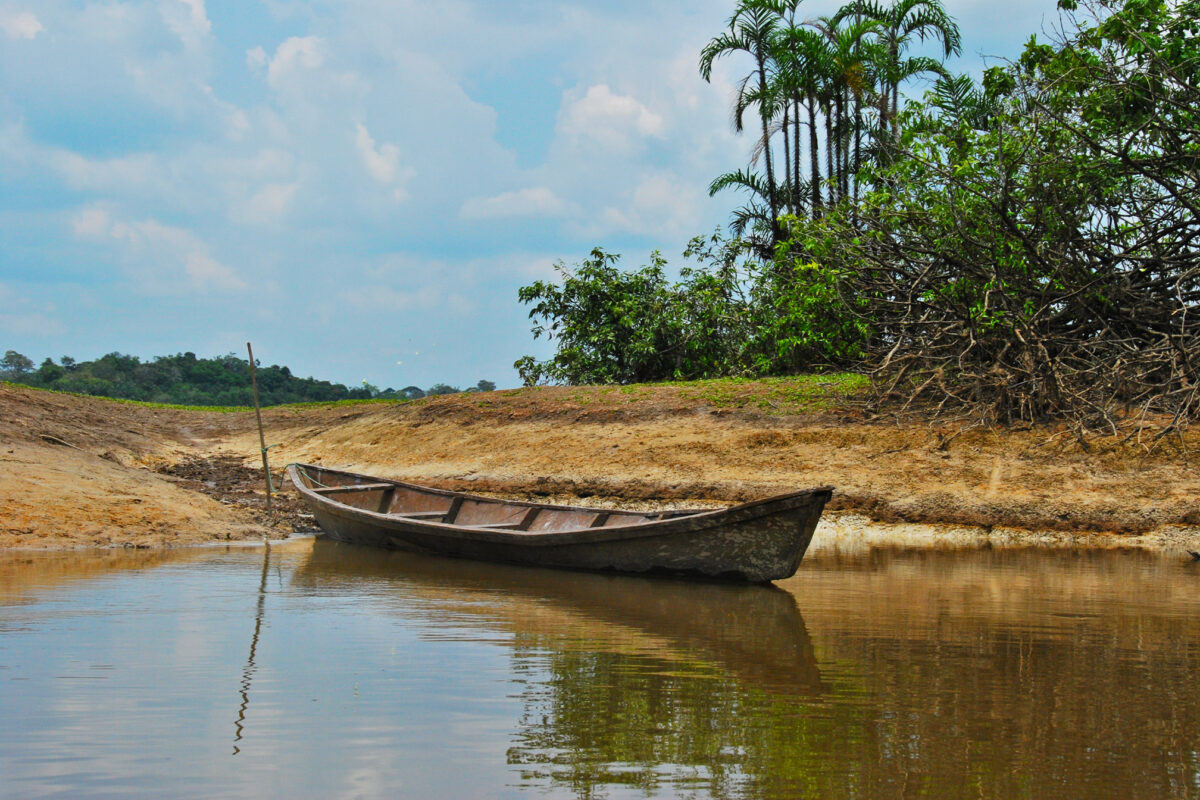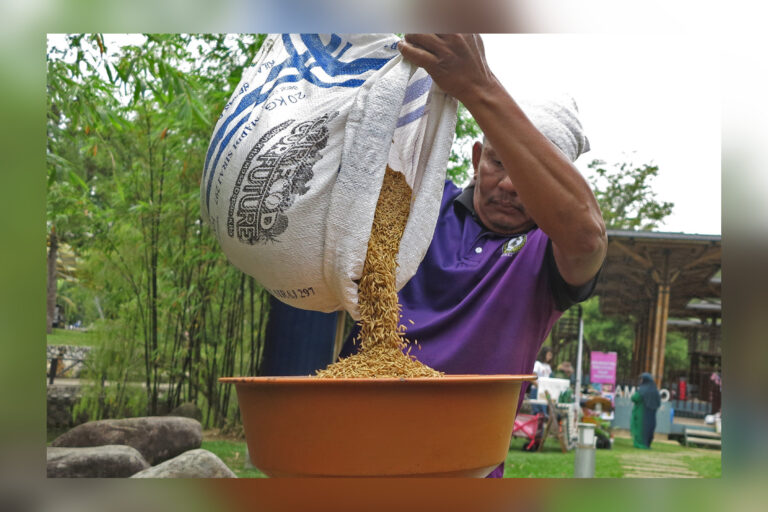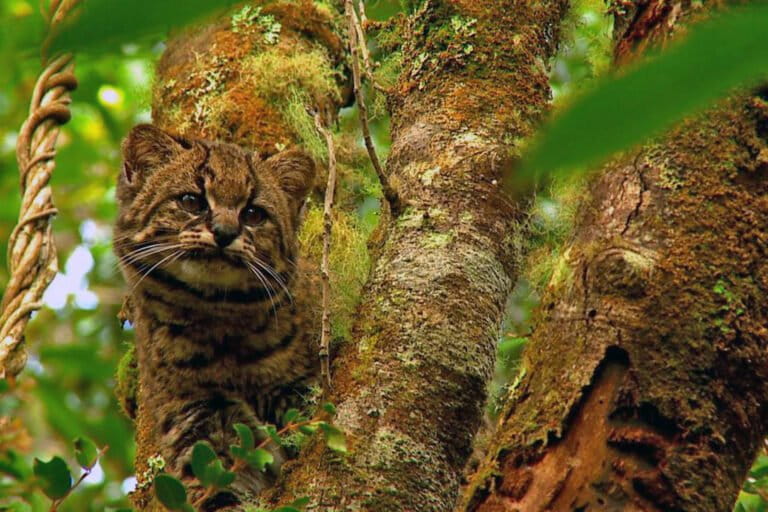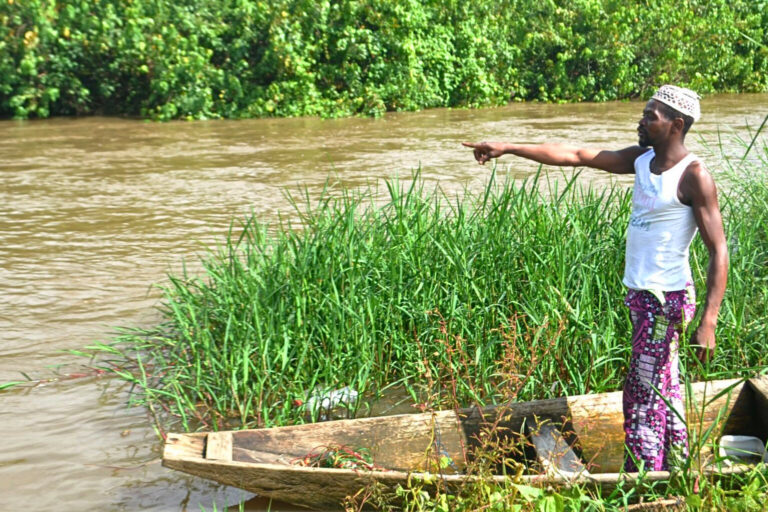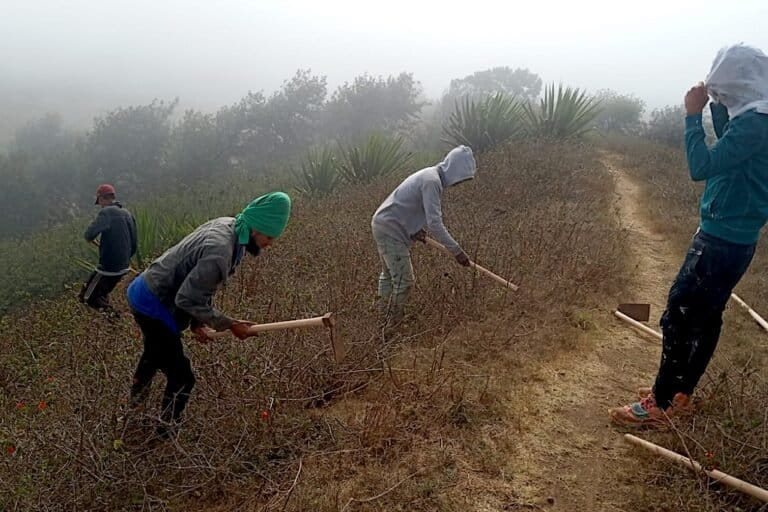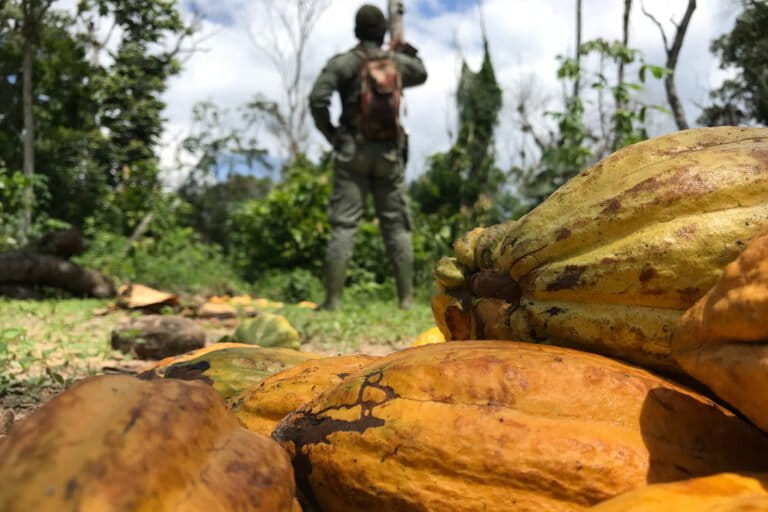- “As world leaders and scientific institutions from across the globe gather to discuss the biodiversity crisis at COP16 and climate change at COP29 this fall, it’s critical that they do not neglect the important work that is already being done by one of the world’s key stewards of nature – botanical gardens,” a new op-ed argues.
- Botanical gardens have an important role to play in the overall effort to combat the dual climate and biodiversity crises and can offer important solutions, but they are often underutilized, despite housing a wide array of experts on plants and fungi.
- “At the rate the planet is warming, there is no time to leave their untapped potential behind,” writes the CEO of The New York Botanical Garden.
- This article is a commentary. The views expressed are those of the author, not necessarily Mongabay.
As world leaders and scientific institutions from across the globe gather to discuss the biodiversity crisis at COP16 and climate change at COP29 this fall, it’s critical that they do not neglect the important work that is already being done by one of the world’s key stewards of nature – botanical gardens.
Botanical gardens steward indispensable herbaria and living collections, conduct research to mitigate the impacts of climate change, and work to protect our ecosystems. Yet, they are often an overlooked tool in climate resiliency efforts, due to the common misconception that rigorous scientific study is not a priority for them. In reality, botanical gardens typically house experts in plant and fungal science – areas of expertise that many conservationists and environmentalists often lack. The planet is only getting warmer, and world leaders must tap every resource to develop viable solutions.
Botanical gardens have an important role to play in the overall effort to combat the dual climate and biodiversity crises and can offer important solutions, but they are often underutilized in climate change research, due to limited awareness of their potential. In fact, many newer botanical gardens were developed with a clear mandate to advance a conservation mission. The Gullele Botanic Garden in Ethiopia, for example, was inaugurated in 2019 with a mission to “contribute towards conservation and research on biodiversity and sustainability education.”

Botanical gardens across the globe regularly document new species, study humanity’s relationship to plants, and work to protect the ecosystems we need to survive. Many also have herbaria that house diverse collections of living and non-living plant species from around the world and provide the unique ability to study these species in a controlled environment. Herbaria are critical to conservation research, since they can help us understand how plants have changed over time, and their importance only grows in the face of climate change as various plant species face extinction.
If the planet loses its diverse array of plant species, a healthy ecosystem would be impossible to maintain. Plants are often overlooked in climate change research, despite climate change being a main driver of plant extinction. Scientists and horticultural staff at botanical gardens are highly trained to study even the smallest changes in plant species, and their research plays a vital role in deepening our understanding of Earth’s biodiversity.

The public land that botanical gardens manage provides a structured environment to test and implement climate resiliency efforts. In fact, it’s nearly impossible to quantify the vast number of climate-related studies currently being conducted by botanical gardens worldwide. The Cartagena Botanical Garden in Colombia has been studying the impacts of climate change on dry tropical forest habitats through the development of a permanent forest plot where scientists can study overall ecosystem health. Here in New York, scientists at The New York Botanical Garden are working on a new project within the Thain Family Forest – New York City’s largest old-growth forest. Their research seeks to identify how urban forests can continue to thrive as their surrounding environments get hotter and wetter. Research projects like these – and many others taking place at botanical gardens around the world – have the potential to provide crucial answers to unresolved questions in the fight against climate change.
What’s clear is that botanical gardens have the necessary expertise to have a bigger impact, but this expertise must be acknowledged in climate resiliency efforts moving forward. One way this can be done is by lifting up the voice of Botanic Gardens Conservation International (BGCI), a global network for plant conservation that links together botanical gardens across the world. BGCI represents botanical gardens in over 100 countries, most of which specialize in the regional ecosystem in which they’re located. World leaders should lean into the expertise that each botanical garden has of their surrounding native plants and ecosystems and develop a global research network, in partnership with BGCI, for data sharing on a larger scale.

In addition to conducting scientific research, one of the primary roles of botanical gardens is to teach people about plants and their foundational importance to all life on Earth; this work takes many forms, including community outreach programs and volunteer opportunities. World leaders should utilize these community networks as a funnel to disseminate information to the public, to demonstrate that everyday people can make a difference for the planet.
It’s time that botanical garden resources are taken into account in climate resiliency efforts. At the rate the planet is warming, there is no time to leave their untapped potential behind.
Jennifer Bernstein is CEO of The New York Botanical Garden.
Banner image: Missouri Botanical Garden’s Climatron houses 2,800 plant species highlighting tropical rainforest biodiversity. Image via Botanical Gardens Conservation International.
Related audio from Mongabay’s podcast: A Malagasy botanist with the Missouri Botanical Garden who won the National Geographic/Buffett Award for Leadership in Conservation in Africa, Jeannie Raharimampionona, joined the garden’s Madagascar program in 1999 and says that it was the first institution to encourage Malagasy youths to consider careers in botany, listen here:
See related coverage of conservation work done by botanical gardens:
In Ethiopia’s Addis Ababa, Gullele Botanical Garden captivates city dwellers
New relatives of the cacao tree uncovered in old plant collections



